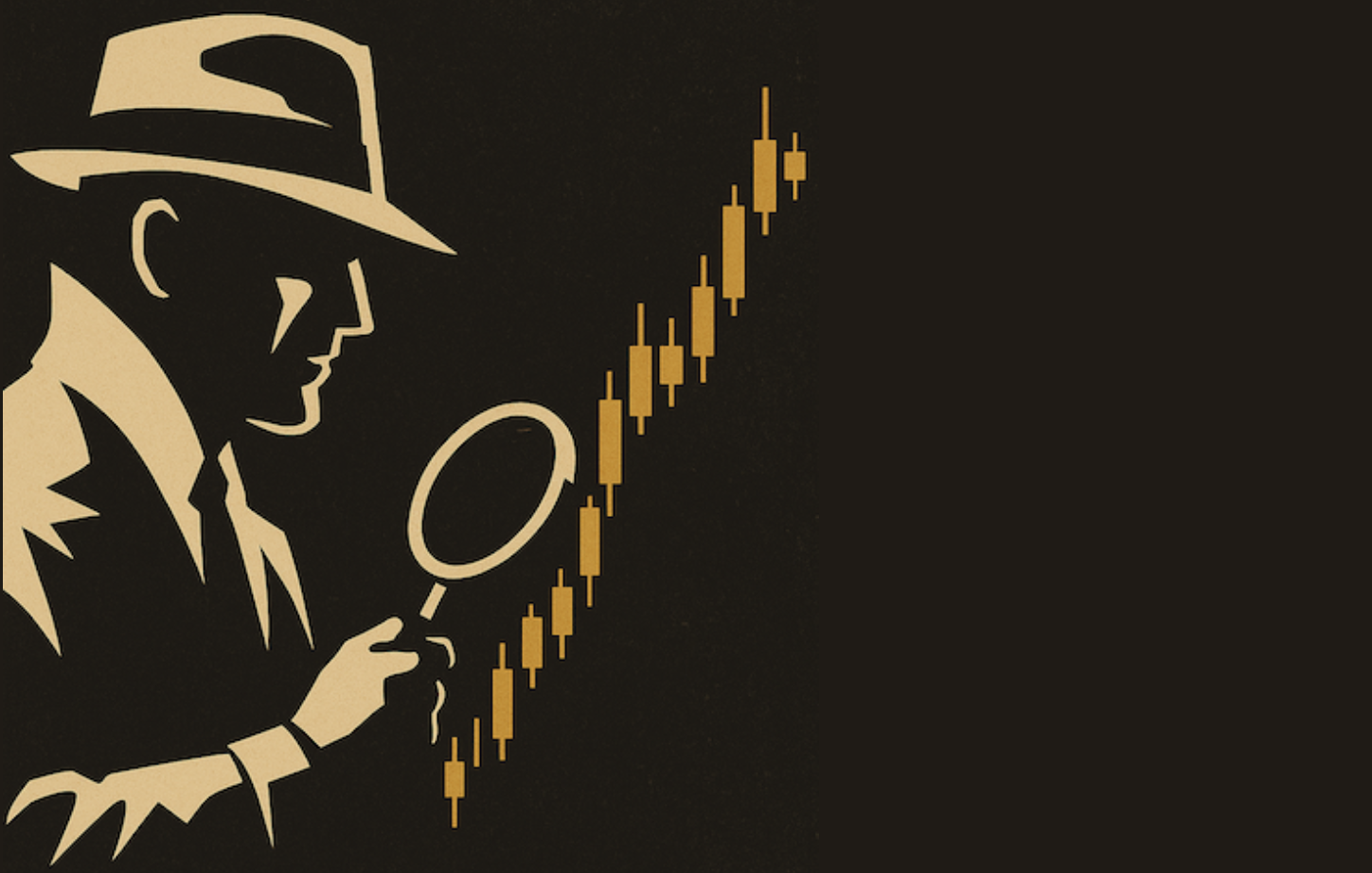MARKET GIVES SHORT-TERM SELL SIGNAL AT TOP OF 2005 TRADING RANGE -- USING %B TO ENHANCE VALUE OF BOLLINGER BANDS
THE MARKET ISN'T READY FOR $60 OIL... On Wednesday I suggested a more cautious view of the market due to the fact that several stock market indexes were up against resistance at their 2005 highs and in short-term overbought conditions. That's why Thursday's high-volume downturn shouldn't have come as a big surprise to anyone. The catalyst for yesterday's market fall was crude oil hitting $60 in afternoon trading (Chart 1). That happened despite Wall Street's claims that rising oil doesn't pose that much of a threat to the market or the economy. As I've written previously, the market has adjusted to oil in the 50's, but not in the 60's. And despite Wall Street's claims that the fundamentals don't justify $60 oil, or that it's being driven higher by speculators, the path of least resistance in energy is still upward. Yesterday's 3% drop in transportation stocks is a sign that rising energy prices are starting to hurt to market. It's just a matter of time until it starts to hurt the economy as well. Investors have known that all year. That's why the market's top sectors during 2005 have been energy, utilities, healthcare, and consumer staples. With the exception of energy, those are all defensive sectors.

Chart 1
DOW FALLS BELOW 200-DAY AVERAGE... Yesterday I wrote about how the Dow Transports falling under their 200-day average created a negative divergence with the Dow Industrials and threatened the June rally in the latter. Right on cue, the Dow Industrials fell below their 200-day line. What's worse, they did it on rising volume. That's not all. The daily MACD lines turned negative for the first time since April. The 9-day RSI line shows that the Dow had reached overbought territory at 70 for the first time in four months. Although the Dow didn't come close to its 2005 high, a lot of other stock market indexes did. Like the S&P 500 SPDRs.

Chart 2
S&P 500 SPDRS FAIL TEST OF 2005 HIGH ... Not too long ago I wrote that I thought the major market averages could reach their 2005 highs, but didn't expect much more from the summer rally. On Wednesday I showed the S&P 500 Large Cap Value Index, the S&P 600 Small Cap Index, The Russell 1000 Large Cap Index, and the Wilshire 5000 having reached resistance levels along their 2005 highs in an overbought condition. Chart 3 shows that the S&P 500 SPDRs (SPY) are in the same dangerous technical situation. The SPY had reached its early March peak near 122 at the same time that it's 9-day RSI had climbed into overbought territory over 70. On Thursday, the SPY closed beneath its 20-day average for the first time in a month -- and on rising volume. The green bars at the bottom of Chart 3 show the MACD histogram (which measures the distance between the two MACD lines). The histogram has fallen below zero for the first time since late April, which is a short-term sell signal.

Chart 3
ANOTHER WAY TO USE BOLLINGER BANDS ... Chart 4 shows the SPY surrounded by Bollinger bands. [Bollinger bands are plotted two standard deviations above and below the middle (dashed) line which is a 20-day moving average]. The close below the 20-day line on Thursday is negative and suggests a further drop to the bottom band. I recently showed how to use Bollinger Band Width to spot tops and bottoms. Bollinger Band Width (plotted on top of Chart 4) measures with distance between the two bands. A peak in band width is usually a sign that current trend is ending -- as was the case recently (see arrow). Another Bollinger band indicator is shown at the bottom of Chart 4. It's called %B and can be found just below Bollinger Band Width on the Indicators list.

Chart 4
HOW TO USE %B... The %B shows us where the current price is in relation to the two Bollinger bands on a percentage basis. It turns the two Bollinger bands into a sort of overbought-oversold oscillator with 1.00 on top and 0.00 on the bottom. When the price reaches the 1.00 level, that means it's touching the upper band. When it falls to 0.00, the price is touching the lower band. The %B shows the SPY slipping under its middle line (.50) which is the equivalent of the 20-day moving average. That makes it likely that the %B will now drop to the 0.00 line. The main value of %B is in the use of divergence analysis. Prices often touch (or exceed) a Bollinger band during a price move. That doesn't mean too much. The second time they do it, however, usually creates a positive or negative divergence (depending on the direction of the price trend). Study the arrows in Chart 4. The two green arrows show positive divergences occurring in late January and mid-April. The two red arrows show negative divergences occurring in early March and mid-June. The use of %B adds another dimension to Bollinger Band analysis and makes it even more useful.
NBR INTERVIEW THIS EVENING ... I'm posting today's message a little early because I'm heading into New York to do an interview on the Nightly Business Report with Paul Kangas. The show airs from 6:30 to 7:00 NYT this evening although the guest usually appears somewhere between 6:45 and 6:55. [The guest interview is taped at least an hour before the show actually airs]. NBR runs five nights a week and is, in my opinion, the best business show on TV. Paul Kangas always does an outstanding interview. He starts by reviewing the stock picks each guest gave six months ago which helps keep us honest and humble. Tune in if you get a chance. Even if you don't, have a great weekend.










